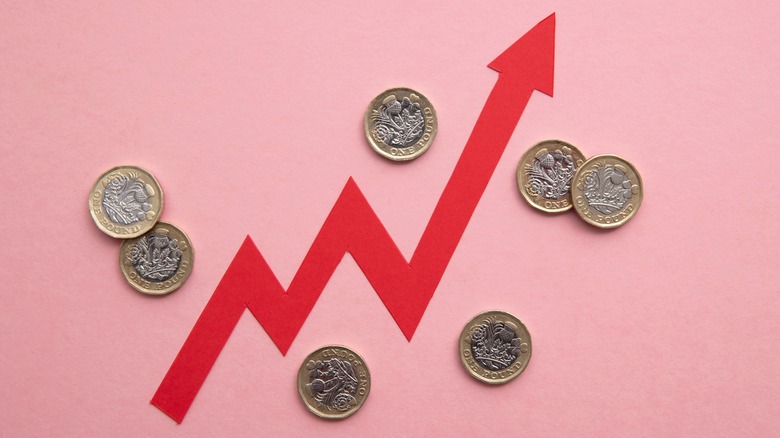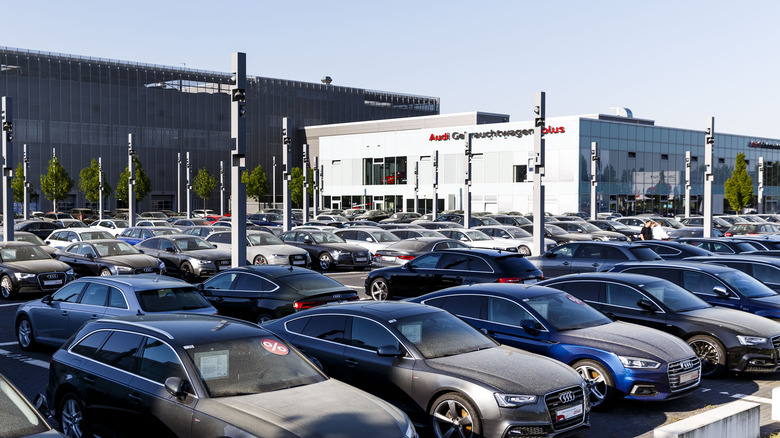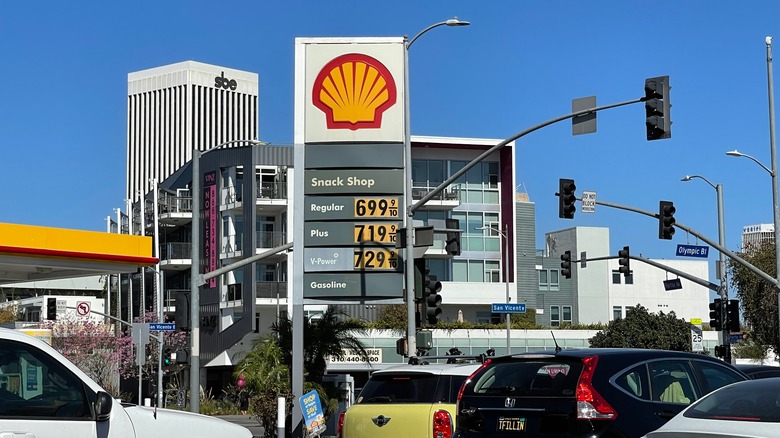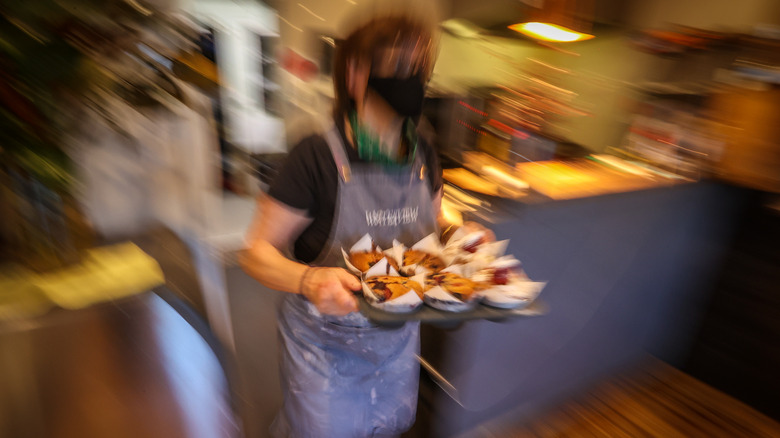The 3 Main Causes Of Inflation Explained
We may not always understand inflation, but we've all experienced it first-hand, particularly over the last 12 months. These days, instead of seeing the prices of things we use every day bounce up and down, prices seem to be going in just one direction: up. Economists describe that rise in the price of goods as inflation, which has an impact on our cost of living.
While inflation might have a negative connotation at the moment, it does happen in the perfect world. Financial researchers say the "best" or "optimal" inflation rate is at about 2% or lower because, in the best of times, inflation is a sign that the economy is working: factories are producing, and people are spending.
But too much inflation, as most of us have probably seen and experienced in the year following the COVID-19 pandemic, is bad for the economy, because this means the prices of benchmark goods and services can go up to where they're beyond the reach of average consumers. As a result, people buy less overall; and the industry produces less, which, as BBC News explains, can set the stage for low growth and high unemployment. And there are a number of reasons why inflation happens.
1. Demand-pull inflation
McKinsey & Company defines demand-pull inflation as the kind of price increases we see when the demand for goods and services is much higher than what a society's production capacity is able to meet. This is similar to what many of us experienced toward the end of the COVID-19 pandemic.
As an example, the semiconductor shortage, which came about at the end of the coronavirus pandemic and which, among other things, caused a shortage of new cars. That shortage subsequently drove up the cost of secondhand cars. Nasdaq, meanwhile, describes demand-pull inflation as "too many dollars chasing too few goods." The result? Upward pressure and higher prices. Essentially, the cost of goods increases to claim all those loose dollars.
2. Cost-push Inflation
Cost-push inflation, or when businesses pass on an increase in the price of its basic or raw materials to consumers, can be an unhappy consequence of demand-pull inflation. The publication also notes that when cost-push inflation happens, demand for an item usually stays stable, even as its inventory of supplies fall.
Smart Asset points out that this type of inflation isn't common, although it does happen, and cites the example of gasoline or natural gas, where demand remains stable even when there's less to go around. Gasoline or natural gas supplies can fall when crude oil producers decide to close the taps, causing prices to skyrocket. We see this effect most commonly with inelastic goods like fuel, where a quick or unexpected supply crunch rapidly changes prices without any fundamental shift in demand.
3. Built-in inflation
When the prices of rent, goods, and services are on an upward trajectory, it's only natural for workers to want higher wages to ensure they're able to live on the money they earn. Built-in inflation occurs when businesses hike salaries, as well as their own prices, in order to keep their balance sheets healthy.
MintLife calls this type of inflation a "double-edged sword" because the increase in the cost of goods is triggered by an increase in the cost of production — and a hike in wages, but hastens to add that this type of inflation is still triggered either by demand-pull or cost-push inflation. No matter the cause, the policy tools available to political leaders to help correct the problem are limited and slow-acting.



